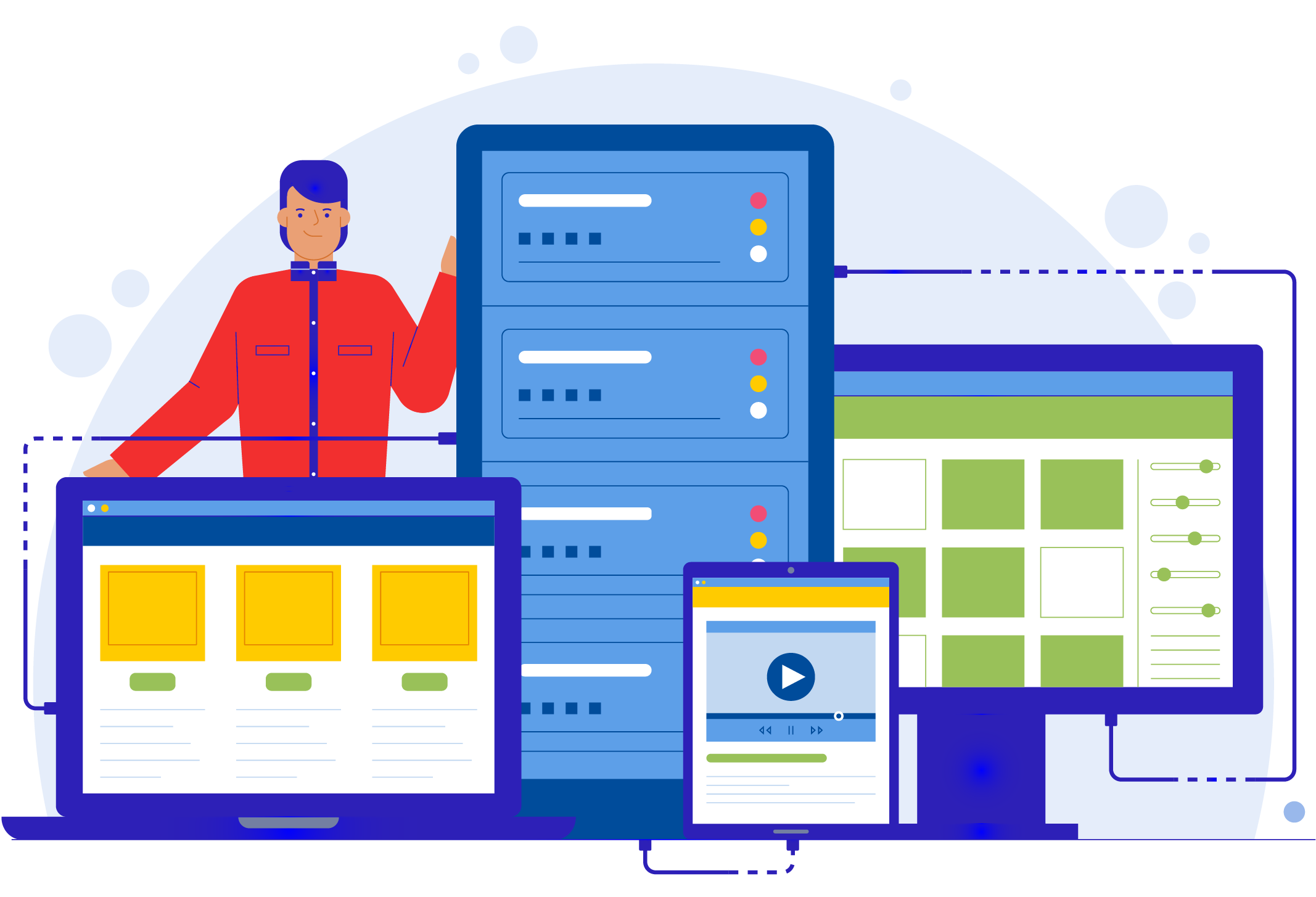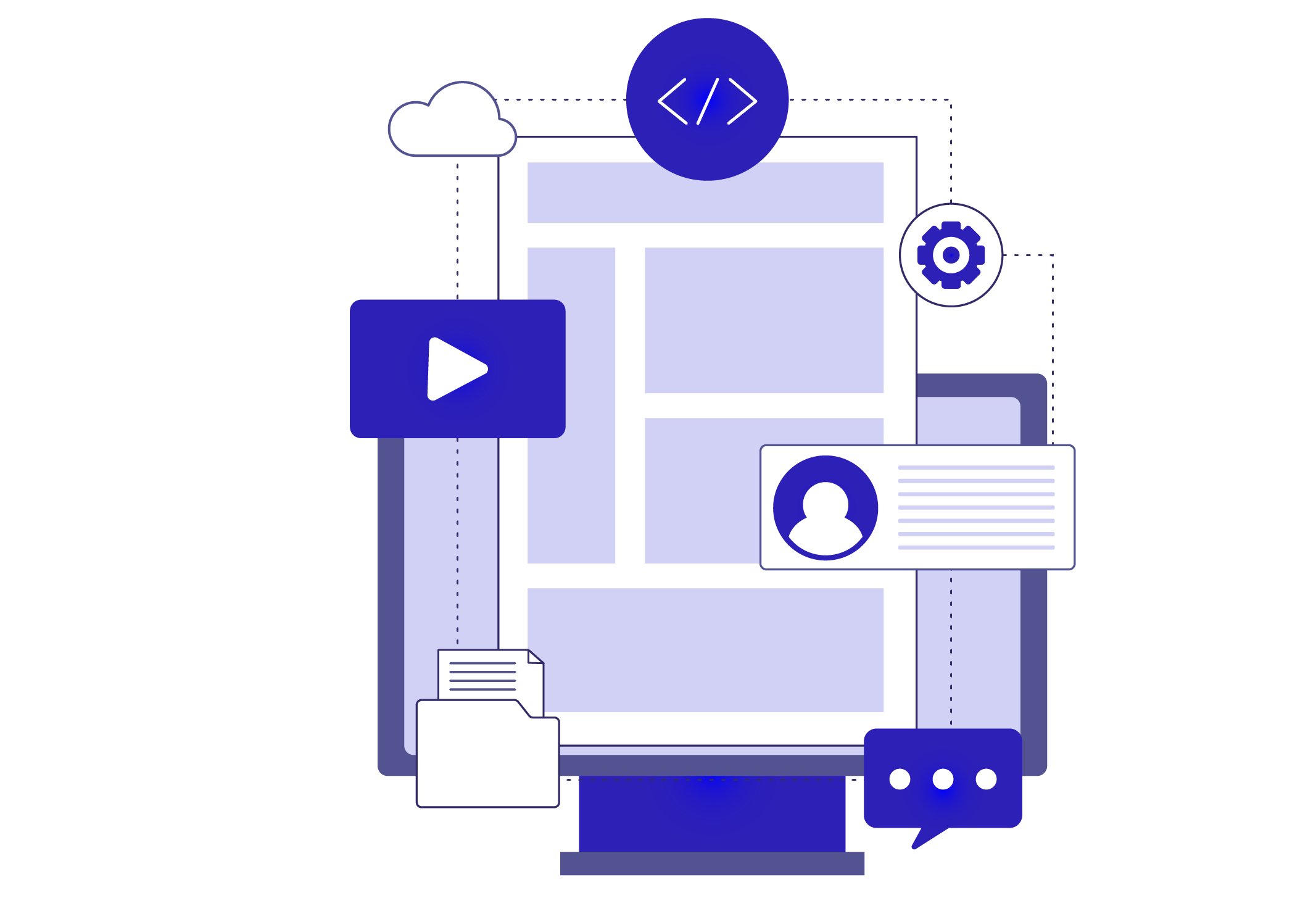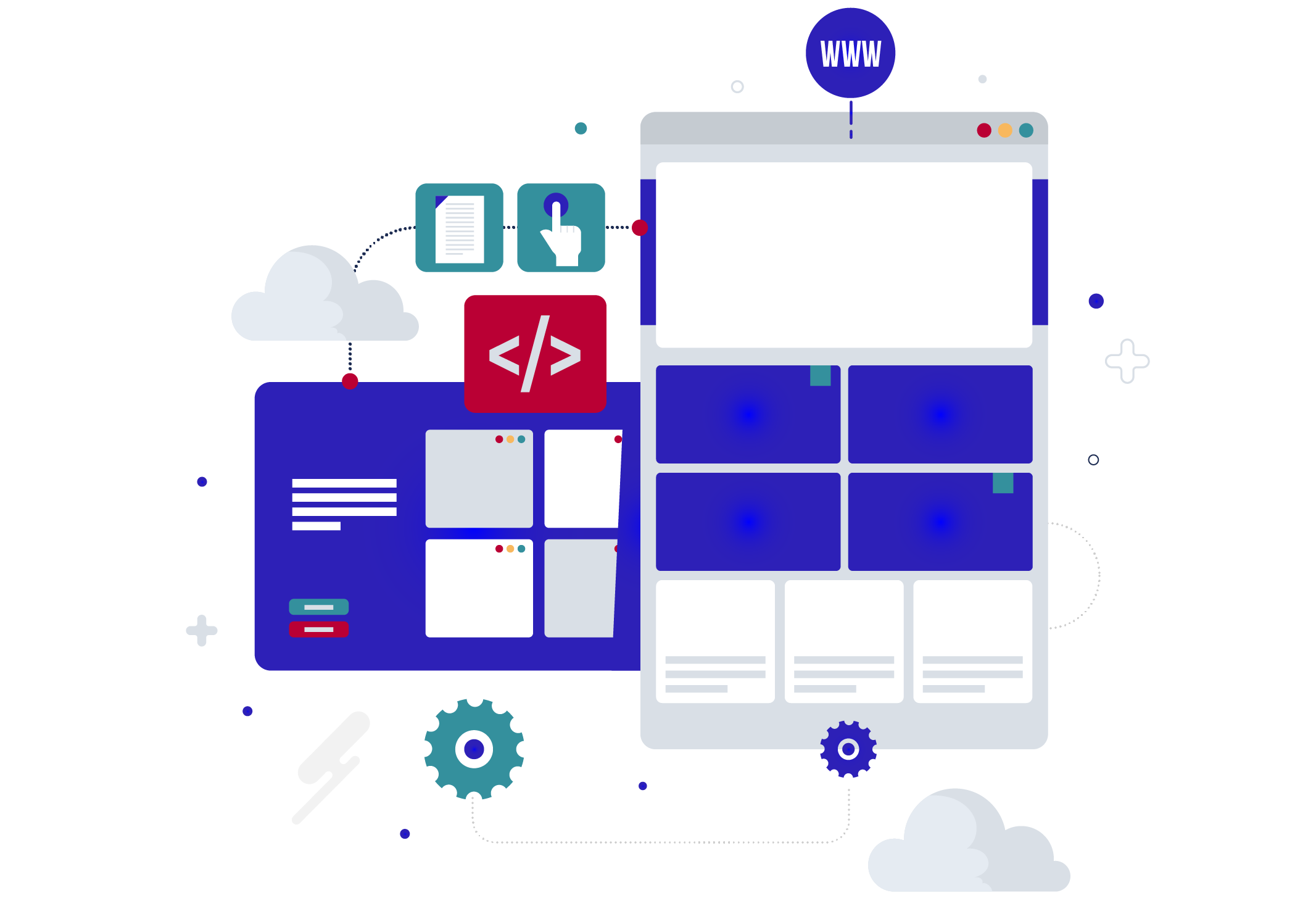Opening the Boxes of Thoughts with Kotlin Multiplatform
Are you aware of this generic term KMP? If your answers align with the acronym term “Keep me Posted” or Key Managerial Personnel you are entirely wrong! The term KMP stands for Kotlin Multiplatform developed by JetBrains, and it is designed to simplify the development of cross-platform projects. And why has this KMP come into the picture of cross-platform development?
The world is striving towards creating high-quality applications for the GenZ and millennial generations that particularly run smoothly across various multitudinous platforms. However, creating and maintaining separate codebases for Android and iOS can sometimes be a time-consuming process. That’s why the introduction of Kotlin has emerged as a savior that promises to revolutionize Kotlin cross-platform development.

Kotlin MultiPlatform is the latest technology that allows developers to create an application for various platforms as mentioned above and efficiently reuse the code across the platform while holding up the benefits of native programming. Platforms like iOS, Android, macOS, windows, and Linux, are the multi-platforms where applications will work seamlessly.
But if you are new in this technology wizardry society, and want to learn some interesting things about the Kotlin Multiplatform sphere, don’t be distressed! We have got you covered! Within this blog, we have scripted down the benefits of Kotlin’s multi-platform and if you are someone who is looking after how to install Kotlin for your next big project, we have mentioned it below.
Additionally, we will also delve into some real-world success stories to see how companies are benefiting from Kotlin multiplatform. So without any further wait, let’s deeply dive into this blog and gain some knowledge!
Mastering the Edgeverse of Kotlin Cross-Platform Development
Let’s first understand the terminology of cross-platform development, which is the process of creating and building software applications that run on a plethora of platforms with very bare modifications. In earlier days, developers were baffled when it came to cross-platform development these developers would either opt for native development or choose cross-platform frameworks that offer code sharing but it sometimes suffered from performance issues.
And then made a heroic entry of Kotlin Multiplatform that stands out as the best choice for developers to share code across several platforms. KMP or Kotlin Multiplatform is considered to be a powerful framework that is developed by JetBrains which allows developers to write shared code in a Multi-Platform app that can be used across a plethora of various platforms like Android, iOS, web, desktop, etc. Besides, KMP heavily relies on a concept called actual declarations.

With this method, developers can define common interfaces and data structures, and further, these actual declarations are embedded separately for every target platform that contains platform-specific code. This method allows developers to write platform-specific code while still taking full merits of the native capabilities and performance characteristics of each platform. Also, Kotlin cross platform provides interoperability with existing Java, Objective-C, and Swift codebases making it easy to integrate with existing projects and libraries.
Peppering Down Some Benefits of Koltin Multiplatform for Cross-Platform Development
One of the major merits of Koltin’s cross-platform is its ability to share code across various platforms. By writing common logic and data layer code in Kotlin, developers can easily avoid the need to duplicate the code for every platform resulting in time consumption and effort savings.
Additionally, Kotlin multiplatform complies with code directly to native binaries for each certain platform so that the Kotlin multiplatform app can deliver a perfect user experience without distorting their performance or responsiveness. Besides, KMP also offers developers to access specific APIs and libraries directly from the Kotlin code eliminating the need for sophisticated abstractions. This means that developers can take full advantage of the rich ecosystem of libraries and tools available on certain platforms.

Kotlin multiplatform provides flawless interoperability with existing Java and Swift codebases which makes it easier to integrate with existing projects and libraries. Moreover, one more notable combination between Kotlin and other multi-platform solutions is the elimination of the need to create separate UI for certain platforms.
It is likely to be found that most of the mobile applications require a certain UI and developers end up rebuilding it for each device. But Kotlin vanishes the issue with a magic wand by offering developers to curate applications with a single codebase user interface. Also with Kotlin’s flexibility and scalability, it supports targeted platforms like Android, iOS, web desktops, etc. So if you are looking to build a Kotlin cross-platform app, Kotlin multi-platform is the best solution that can excel with rich benefits to any of your project’s requirements.
A Guide to Install Multiplatform for Your Kotlin Cross-Platform App Development
As quoted above in the introduction section, if you are someone who is looking to integrate the potential power of Kotlin multiplatform then begin by ensuring that Kotlin is installed on your certain development machine. If not installed, download Kotlin from the official website or use the Kotlin plugin for the preferred IDE. Then use Kotlin multiplatform templates to create a new project from the ground. And also share the same or common code and platform-specific modules for Android and iOS. Then write platform-logic code in Kotlin within the shared module. This might include business logic, data models, network communication, or utility functions.
Furthermore, create a platform-specific module for Android and iOS, and implement platform-specific APIs, UI components, and several other platform-dependent functionalities. Also, use gradle build scripts to configure all the targets and compilation settings for all the platforms. After setting up the entire KMP for your projects, build and run your entire project to test its functionality on various platforms.
These are the certain steps that you can follow and set up the Kotlin cross-platform project. This approach not only maximizes code reuse but also ensures optimal performance and user experience across different platforms. Also, Kotlin Multiplatform allows developers to streamline development efforts, minimize maintenance overhead, and deliver high-quality applications tailored for diverse target audiences.
Inspiring Tales of Companies Using Kotlin Multi-Platform for App Development
Netflix, the streaming platform for entertainment, uses Kotlin multiplatform to optimize product reliability and delivery speed, which is very important for serving their customers to meet their needs and requirements. Another case success story is from McDonald’s which implements KMP for their mobile application enabling them to build and create a codebase that can be shared across various platforms and also abolish the need for codebase redundancies.
Philips, a leading brand, utilizes Kotlin multiplatform to design and develop the HealthSuite Digital Platform mobile SDK. Moreover, with the help of KMP, they not only accelerated the integration of new features but also collaborated with Android and iOS developers.
Quizlet is another global platform that uses Kotlin Multiplatform for its mobile application that nearly boasts a combined 100 million active users to install. By sharing code from JavaScript to Kotlin, they have significantly improved the performance of both their Android and iOS applications.
Ending this Path of Kotlin Multiplatform with Pattem Digital
In conclusion, Kotlin Multiplatform emerges as a game-changer in cross-platform development, that offers developers a powerful tool to streamline their workflow and maximize code reuse across various platforms. By utilizing Kotlin’s capabilities, developers can write shared code for Android, iOS, web, desktop, and more, while still harnessing the benefits of native programming. Moreover, with interoperability, access to platform-specific APIs, and robust performance, Kotlin Multiplatform empowers companies to create high-quality applications tailored for diverse audiences with optimal efficiency and reliability.
As we see on the other side, a top prime Kotlin app development company Pattem Digital utilizes Kotlin to boost its app development process. By adopting KMP, Pattem Digital optimizes code sharing, minimizes maintenance overhead, and delivers exceptional user experiences across different platforms, thus enhancing its competitive edge in the market.





